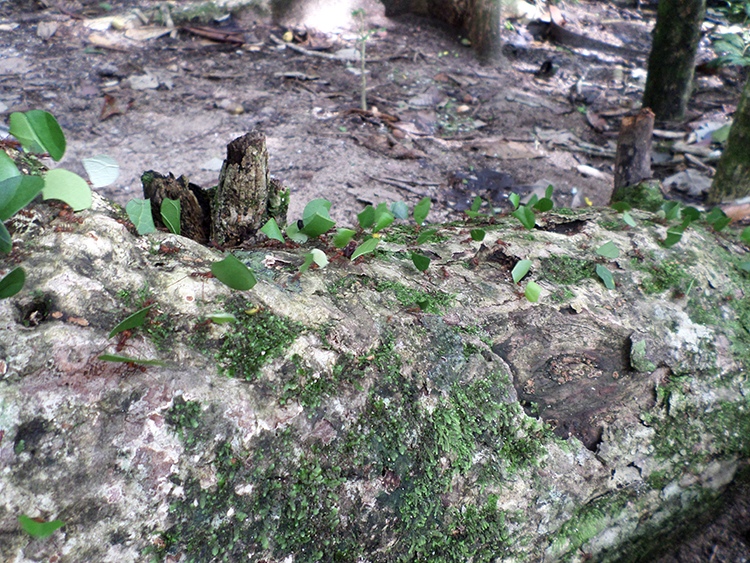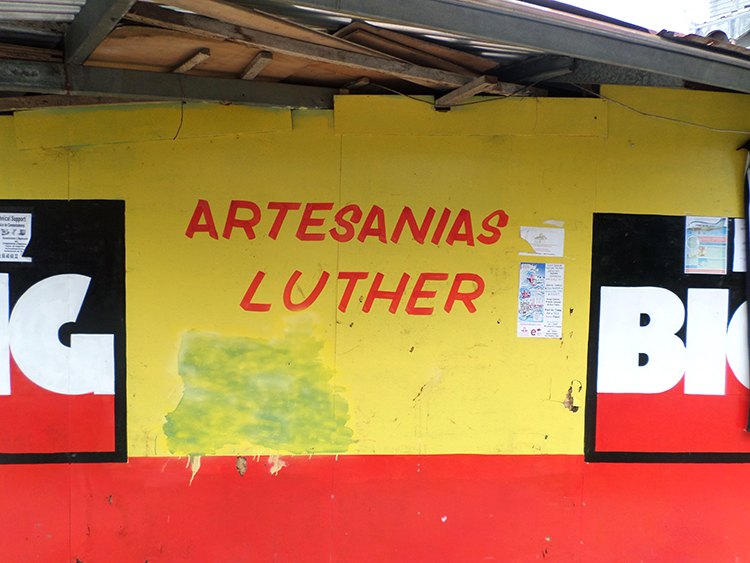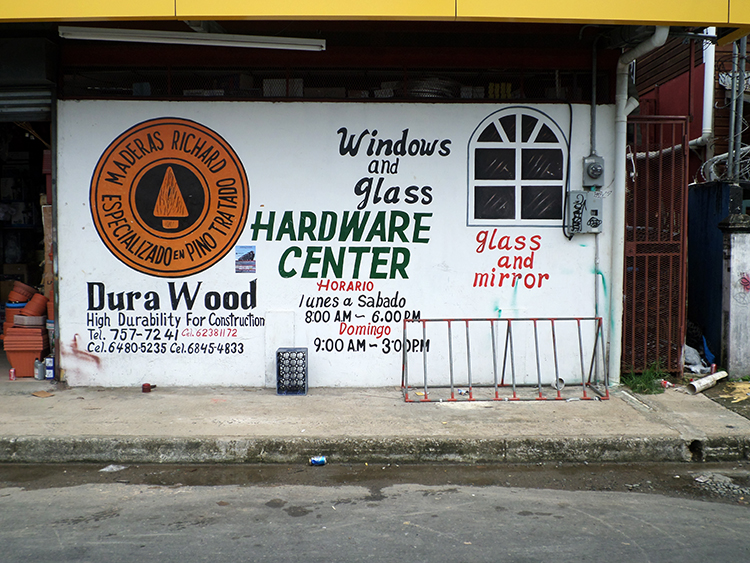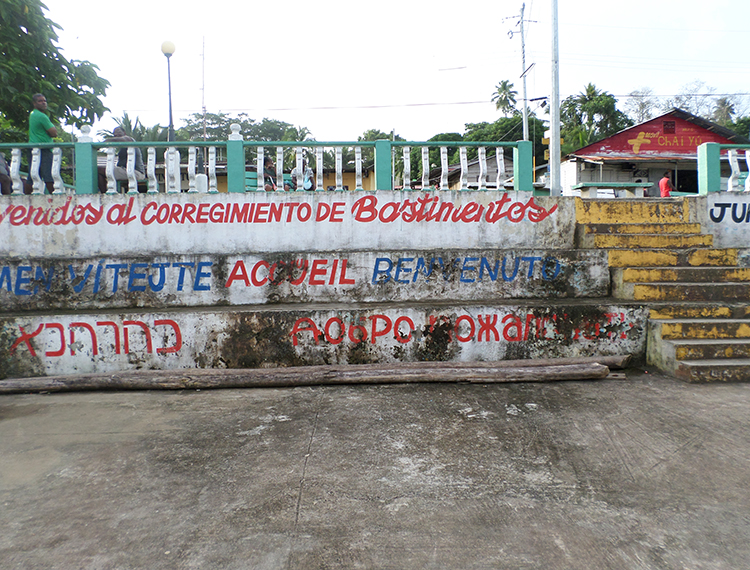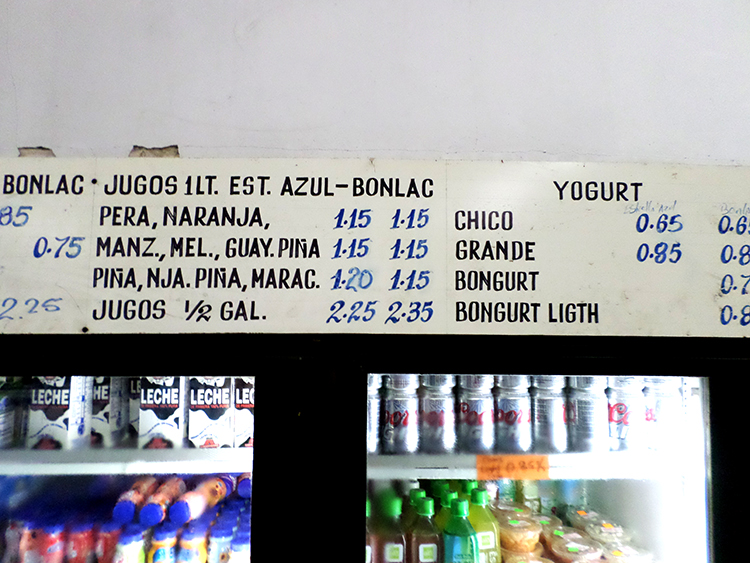Honeymoon – Type —
Feral: Shifting Baseline Syndrome & Trophic Cascades —
After writing this post I found a Ted video of Monbiot explaining what I wanted to in a much better way. So you could watch that instead.
I’ve just finished reading Feral by George Monbiot. It’s an articulate, intoxicating and inspirational read even if points are, at times, a little simplistically or evangelically argued. He advocates for rewilding as a method of more holistic conservation than simply maintaining what already exists. He argues passionately for how this could create a more imaginative, thrilling, economically and ecologically advantageous environment.
There were two particular ideas which I’d not come across before that seemed so logical and exciting that I wanted to write them here to remember:
The first is Shifting Baseline Syndrome. This is what happens when conservationists (or policy makers or whoever), seek to effect a change to put something back to the way it was, believing that this ‘before state’, is not just an acceptable scenario, but that it’s the best it could be. Monbiot uses fishing as an example of how people’s reference points move. Current fish stocks are being measured against their 1970s population, this however, is already a substantially reduced position and doesn’t provide a good reference point for the best case scenario, (which for fish populations was sometime before modern commercial fishing technology got involved).
The second is the idea of Trophic Cascade. When deer graze they eat and kill lots of saplings and would-be trees that don’t get a chance to grow. You end up with treeless grasslands, or similar monocultures that don’t provide the kinds of habitats that encourage a diverse flora and fauna. This is not good as trees are brilliant for everything it seems – from creating better soil conditions, to providing dead wood habitats for thousands of creatures, and helping to prevent flooding by helping with soil erosion and rain run-off. This situation has arisen over decades of human influence that’s squeezed out top of the food chain predators. What happens when you reintroduce these predators (think wolves, lynx etc.) is that the browsing animals begin to get eaten and so are reduced in number, limiting their effect. But the more interesting thing is that it alters their behaviour and how they eat. Rather than being allowed free reign the deer are more cautious, and so don’t hang around the river where they are in the open and are easy prey. This allows plants that would have previously been eaten to grow up around the river, leaves fall into it, which increases the ecology of the river and also provides shade. All these factors encourage shrimpy creatures and subsequently the eels etc. that prey on them. So everything is connected and can be altered by relatively smallish tweeks at the top of the ecological cascade.
This reintroduction of predators is currently being played out in Wales where they’re looking for people to let Lynx on their land.
And if that’s not far enough the Long Now project: Revive and Restore is looking to take extinct species (so completely gone, dead and not here anymore), and using Jurassic Park style technology genetically modify and selectively breed back a range of animals. Their key specimen being a Woolly Mammoth! Brilliant talk by Stewart Brand about this here.
Ergonomics Are Important —
Alan and the Ants —
The following are screenshots and a dictation from programme 7: Wilderness from the series The Nature of Britain, presented by Alan Titchmarsh.
The key to gorse’s success lies in what happens when it’s flowers fade. Now if you stand by a gorse bush on a warm June day, and listen very carefully, you may hear something surprising. As the gorse pod matures, it twists and bursts open, sending seeds flying through the air. But on the heath the seeds can dry out, so the gorse has a rather nifty way of getting them to somewhere cool and moist.
If you pick off a pod and break it into your hand, you’ll discover that the seeds themselves have, on their sides, a little blob of yellow. Now that serves a very special purpose, and I’ll show you what.
The yellow blob is a tiny store of fat, and it’s there to pay for a highly efficient courier service. It’s a delicacy for foraging ants, but they don’t get their payment until they deliver their part of the bargain. Foraging ants tend to be the geriatrics of the colony, so their old worn-out jaws can’t separate the fat from the seed, instead they carry it back to the nest. In here the younger workers can easily remove the tasty treat using their sharper jaws, so the seed is delivered to it’s destination. Ants though, are tidy, and any litter in the nest is cleared away in no time, but the seed delivery stays right where it is. The fat store was a kind of handle, so once it’s removed the ants have no way of carrying the seed away. Protected in the cool moist nest the seed germinates, and starts to grow into a brand new gorse bush, all courtesy of the local ants.
Bombs —
These three links caught my attention as a group and I thought I’d share them here.
Bomb Sight uses archival data and modern mapping software to display where all the recorded bombs fell on London during WW2. The delivery mechanism means people immediately search for the places and areas that they live, work and inhabit everyday. Being able to relate archival data to your life now is such a powerful way to connect with history and to understand the blitz’s impact.
Starfish sites where created away real bombing targets in the UK to try and draw attention and bombs from German raids.
Wartime factories on the west coast of America created elaborate set designs on top of their factories to disguise them as fields and suburban streets.
Handmade: Slow TV —
Handmade is a series of three programmes from BBC Four that look at three master craftsmen and their processes. The key difference is that these programmes are slow. Very slow. As Director Ian Denyer explains: “The brief was brief: no words, no music, long, very long held shots I added my own restrictions – no shot less than ten seconds, and no movement of the camera.”
This makes for an unusual and absorbing hour and a half of TV. I find the pace, the craft, and the exclusive use of diegetic sound calming, cathartic and comforting. As someone who is something of a frustrated ‘maker’ I love watching people do what they’re good at. Seeing someone use a tool that they know so well that it’s a habit rather than a thought about action is thrilling and genuinely inspirational. (I get the same feeling of wanting to create things when I’m in Atlantis looking at sketchbooks and pens…)
Check all three out here.
The series blog is also worth a look for the voices of the craftspeople and an insight into how the series was made.
Data Granularity —
This went round the studio the other day: catswing.io
It brilliantly and simply shows how much space costs in London. It got me thinking about data granularity and how you could compare this map to Whereabouts London and also Rightmove.
Each has more and more data and information about the various areas, and of course each has their place. But I wonder if there’s not enough clear information similar to Catswing for other issues or data heavy questions. What other problems could be better of more clearly explained? Sometimes all you need is the overview where someone’s done all the hard work for you.







